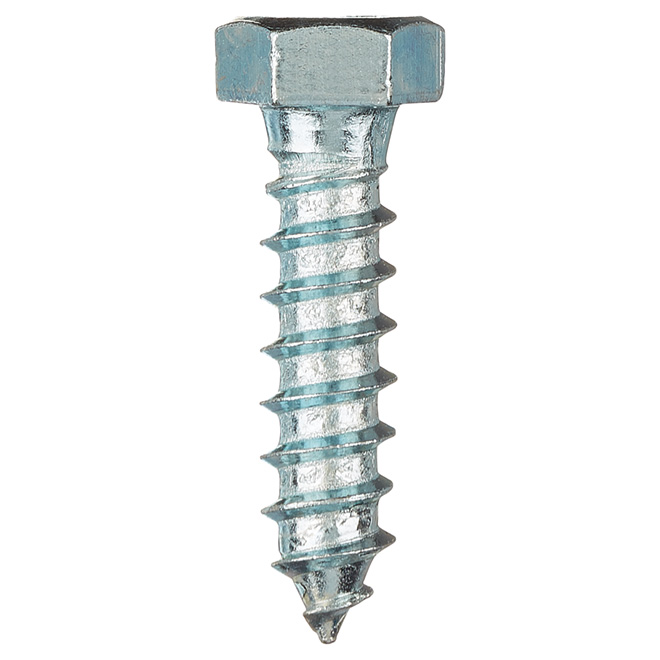BobbytheBus
Member
I just got a softener with a Clack valve thanks to the help of some of the cool posters on this forum. Im about to set everything up and just wanted to know if what I'm doing is correct.
I'm going to start with a big blue 4.5x10 with a 25 micron sediment filter to only catch the bigger stuff and not drop too much pressure off the bat. 3 Shut off valves to allow me to bypass the filter when necessary. Next in line is the softener. I then have a couple filters in 4.5x20 big blue that I got to help address issues from a water report. My first question is should I have another sediment filter after the softener that is 5 micron before these two filters or is the 25 micron enough? I see online some people have a second sediment filter after the softener to catch the smaller stuff. Also 3 shut off valves to allow me to bypass these when necessary. I got a 5x4 foot 3/4 inch thick high quality plywood that I'm using 3 inch deck screws to put on the wall to help mount all these filters. With the thickness of the water filter wall mount plates I'm thinking 3/4 inch wood screws won't reach through the plywood. I was told these filters get heavy. Will 4 of these 3/4 inch wood screws hold them up?
The well pressure tops at 55psi. Since it doesn't go higher I shouldn't need a pressure reducer valve to protect the filters or could I still get spikes if something fails?
Last question I have is the softener Drain line. Can it go 30-35 feet and be 8.5 feet from ground. It is about 5 feet higher than the hookup from the softener. I can reposition and run the water line further down so it's closer to where I have to drain the softener but was hoping to avoid that.
I'm going to start with a big blue 4.5x10 with a 25 micron sediment filter to only catch the bigger stuff and not drop too much pressure off the bat. 3 Shut off valves to allow me to bypass the filter when necessary. Next in line is the softener. I then have a couple filters in 4.5x20 big blue that I got to help address issues from a water report. My first question is should I have another sediment filter after the softener that is 5 micron before these two filters or is the 25 micron enough? I see online some people have a second sediment filter after the softener to catch the smaller stuff. Also 3 shut off valves to allow me to bypass these when necessary. I got a 5x4 foot 3/4 inch thick high quality plywood that I'm using 3 inch deck screws to put on the wall to help mount all these filters. With the thickness of the water filter wall mount plates I'm thinking 3/4 inch wood screws won't reach through the plywood. I was told these filters get heavy. Will 4 of these 3/4 inch wood screws hold them up?
The well pressure tops at 55psi. Since it doesn't go higher I shouldn't need a pressure reducer valve to protect the filters or could I still get spikes if something fails?
Last question I have is the softener Drain line. Can it go 30-35 feet and be 8.5 feet from ground. It is about 5 feet higher than the hookup from the softener. I can reposition and run the water line further down so it's closer to where I have to drain the softener but was hoping to avoid that.

